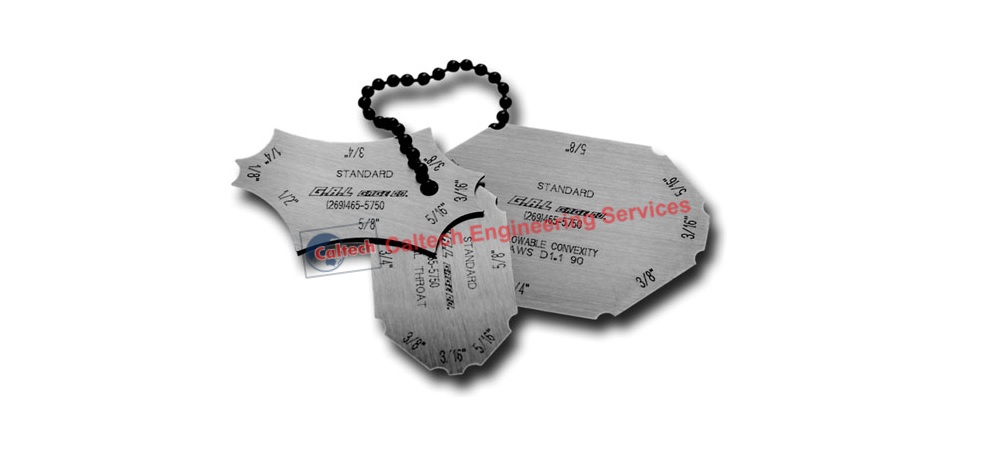Checking Out the Advantages of Fillet Welding in Manufacture: Cost-efficient Solutions for Diverse Industries
In the world of manufacture, the use of fillet welding provides a compelling proposal for industries looking for cost-efficient remedies without endangering architectural honesty. The benefits of fillet welding expand beyond plain financial savings to include improved architectural performance, versatility across varied commercial applications, and the guarantee of superior strength and resilience. As we browse with the sensible advantages that fillet welding offers, a deeper understanding emerges of exactly how this welding strategy can change manufacture procedures throughout different industries.

Cost-Effective Option for Fabrication
Fillet welding acts as an affordable solution in manufacture processes, giving both effectiveness and sturdiness. This welding technique involves signing up with two items of metal at an angle, forming a triangular cross-section. The simpleness of fillet welding makes it a preferred selection in numerous markets, consisting of building, auto, and production.
One of the key advantages of fillet welding is its capability to decrease material and labor costs. By utilizing fillet welds as opposed to various other intricate joint designs, suppliers can conserve money on products and manufacturing time. Additionally, fillet welding needs very little preparation compared to various other welding strategies, better lowering fabrication costs.
Additionally, fillet welds supply excellent structural strength, guaranteeing the long life and durability of the made parts. The triangular shape of the weld distributes stress extra evenly, reducing the possibility of joint failure (Gauge Fillet Weld). This architectural honesty not just boosts the overall high quality of the finished item but also reduces repair and maintenance costs in the long run
Improved Architectural Performance With Fillet Welding
Enhancing architectural effectiveness via the application of fillet welding strategies is a crucial aspect of making certain ideal performance and durability in fabricated frameworks. Fillet welding plays a vital duty in improving architectural performance by successfully distributing tons and stress and anxieties throughout the bonded joints. By creating a smooth transition in between the connected parts, fillet welds help to improve the general stamina and stability of the framework.
Among the significant advantages of fillet welding in improving structural effectiveness is its capacity to join materials of varying thicknesses. This flexibility permits for the building of light-weight frameworks without compromising on toughness. Additionally, the smooth profile of fillet welds minimizes anxiety concentrations, which can assist prevent early failing of the bonded joints.
Additionally, fillet welding allows the construction of complex geometries with simplicity, giving designers with even more liberty in producing efficient and cutting-edge structures. By maximizing the layout and positioning of fillet welds, engineers can optimize the architectural effectiveness of made components, inevitably resulting in cost financial savings and improved performance in varied sectors.
Flexibility in Diverse Sector Applications
With its capacity to provide to a vast array of product densities and geometric intricacies, fillet welding stands as a functional construction method that discovers applications throughout diverse markets. Additionally, the aerospace market relies on fillet welding for the fabrication of aircraft components, ensuring stamina and resilience in important parts. Generally, the versatility of fillet welding makes it an essential procedure in various sectors, providing cost-efficient remedies for complicated fabrication needs.

Superior Stamina and Resilience
Fillet welding plays a critical function in attaining these characteristics due to its ability to supply substantial toughness by distributing tons uniformly across the bonded joint. As an outcome, frameworks produced making use of fillet welds show raised toughness and can hold up against significant mechanical forces without endangering their honesty.
The exceptional toughness and durability supplied by fillet welding make it click here to read an optimal option for applications in markets such as construction, automobile, aerospace, and production, where architectural stability is paramount. By utilizing fillet welds in fabrication, makers and designers can make sure that their products satisfy stringent top quality and safety and security criteria while enhancing cost-effectiveness and manufacturing effectiveness. Essentially, the outstanding resilience and long life supplied by fillet welding make it a recommended welding technique for producing durable and long lasting structures across diverse industries.
Practical Advantages of Fillet Welding
Offered the demonstrated premium stamina and longevity in welded joints, the practical benefits of fillet welding extend past architectural stability to incorporate performance and cost-effectiveness in construction procedures. Additionally, fillet welding enables for increased productivity due to its convenience in joining various types of thicknesses, shapes, and materials. On the whole, the practical benefits of fillet welding make it a useful choice for firms seeking reliable and cost-effective remedies in construction.
Final Thought
Finally, fillet welding uses a cost-effective solution for fabrication, supplying enhanced architectural effectiveness, adaptability in diverse market applications, remarkable stamina, and resilience. The functional benefits of fillet welding make it a favored option for numerous construction projects across different industries. Its capacity to effectively sign up with materials while keeping structural stability makes it a useful strategy for making sure reputable and premium lead to welding applications.

Furthermore, fillet welding calls for minimal prep work compared to various other welding strategies, even more decreasing construction expenses.

Provided the demonstrated exceptional strength and toughness in welded joints, the useful benefits of fillet welding extend beyond structural stability to encompass efficiency and cost-effectiveness in construction processes - Gauge Fillet Weld.In verdict, fillet welding supplies a cost-efficient service for fabrication, offering boosted architectural effectiveness, find here convenience in diverse market applications, Source premium strength, and resilience